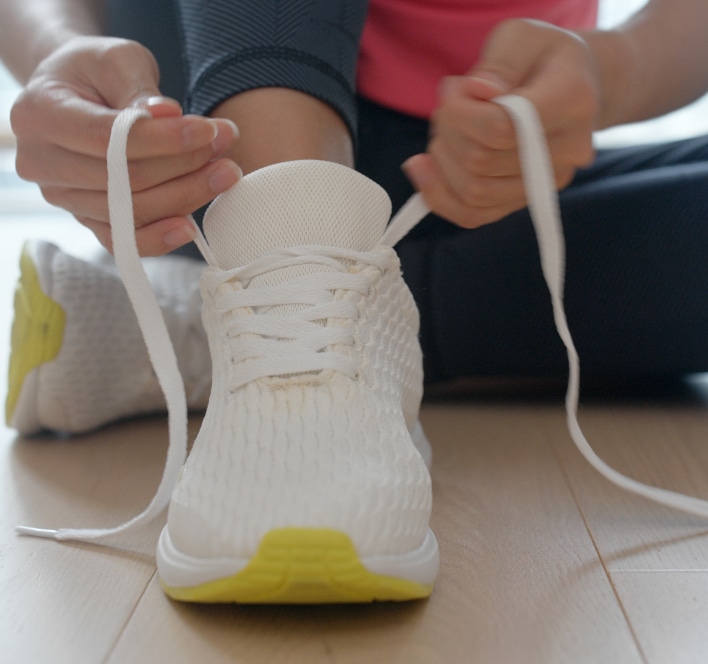Microdiscectomy surgery removes a part of or all of a bulging or damaged disc in the lower spine. The herniated disc may press on the spinal nerves and cause pain and numbness in the buttocks and legs. The surgeon makes a 1-to-2 inch incision in the skin over the spine and uses a microscope to view the area to perform the procedure.
After the procedure, most patients can expect to feel stiff or sore. However, this symptom should improve a couple of weeks after the surgery. Some may experience relief from their symptoms right away or may get better over days or weeks. In the weeks following the surgery, it may be hard to stand or sit for long periods of time. For some, it can take up to eight weeks before being able to return to their usual activities. Recovery time is rarely ever the same for everyone because it often depends on the individual’s response to the surgery and aftercare.
How Can You Care for Yourself at Home After a Microdiscectomy?
While a microdiscectomy is a minimally invasive procedure designed to minimize recovery time, patients may still have to lay low and restrict their daily activities for a few days or even weeks, depending on the individual. However, while patients have to be careful not to overwork themselves, patients are still encouraged to move around and engage in a reasonable level of physical activity to facilitate a faster recovery and return to normalcy. Studies show that patients who get up and move around tend to recover fast and have less scar tissue formation. It’s essential to take care of yourself at home and be attentive to your aftercare to ensure a good and fast recovery.
Incision Care
Good care of the incision area can help reduce the chance of scarring and help you recover faster. If you have strips of tape on the incision that the doctor placed, it’s best to leave it on for a week or until it falls off. The incision area should be washed daily with warm soapy water and pat dry. The area can be covered with gauze if it rubs against clothing and should be changed daily.
Activity
Your activity level significantly impacts your recovery process. Here are some helpful tips to keep in mind after your microdiscectomy procedure.
- Rest when you feel tired. Getting enough rest helps your recovery.
- Try walking each day, but start slow and increase the amount you walk gradually.
- Avoid lifting objects that may strain you or your incision (this may include groceries, backpacks, or children).
- Try to change your position about every 30 minutes when sitting or standing.
- Avoid strenuous activities (jogging, riding, weight lifting, etc.).
- Ask your doctor about driving before getting behind the wheel.
- Avoid riding in a car for more than 30 minutes at a time for 2 to 4 weeks after your surgery (if you have to ride a car for longer, try to stop and stretch your legs).
Although these are good tips to keep in mind, it’s vital to speak with your doctor about your aftercare and recovery because they know you and your medical history best.
Contact NJ Spine & Orthopedic and Find Back Pain Relief Today
NJ Spine & Orthopedic is a leading orthopedic provider in minimally invasive treatments. We understand that patients have lives that they need to get back to and are determined to provide the best and least invasive treatment possible for fast recovery. Our award-winning team of spinal specialists will carefully assess your health condition and determine whether a minimally invasive procedure is right for you.
Contact us today and schedule your appointment with one of our spinal specialists so you can get started on your road to recovery. Call (866) 272-9271 or fill out our contact form.

